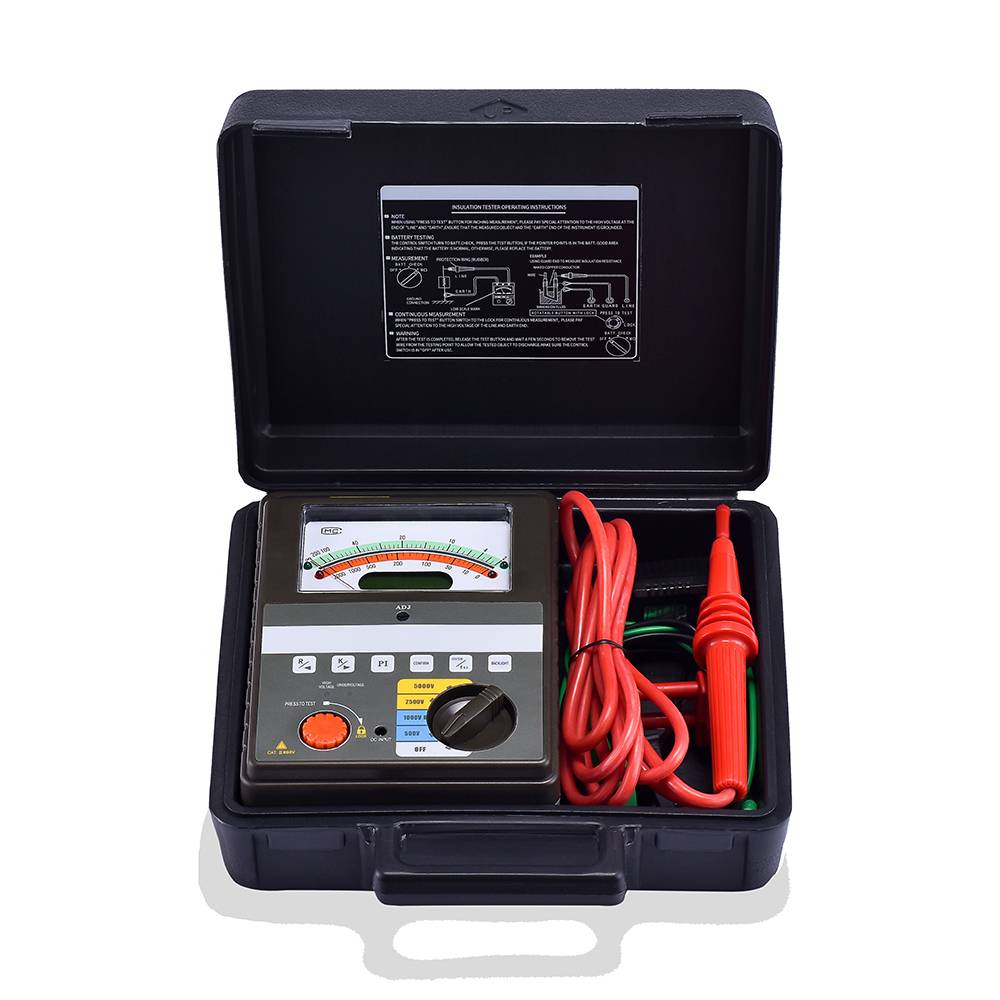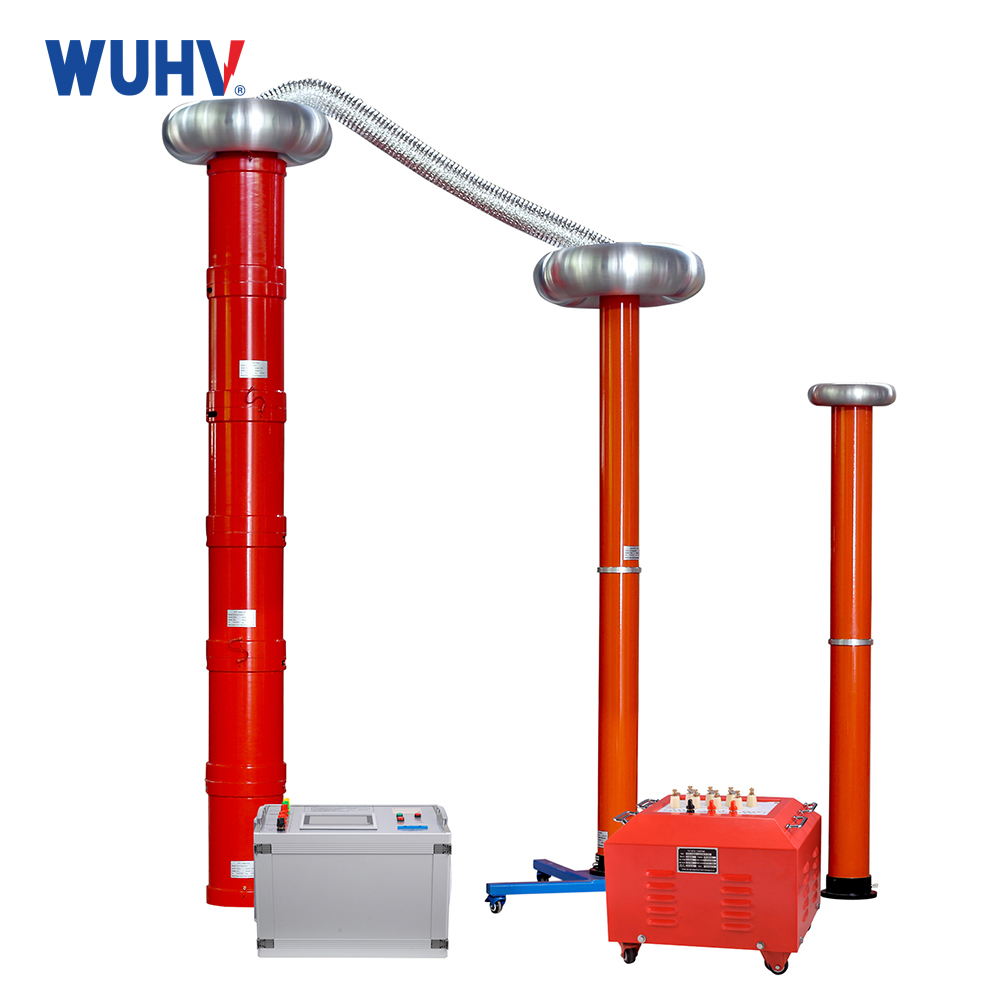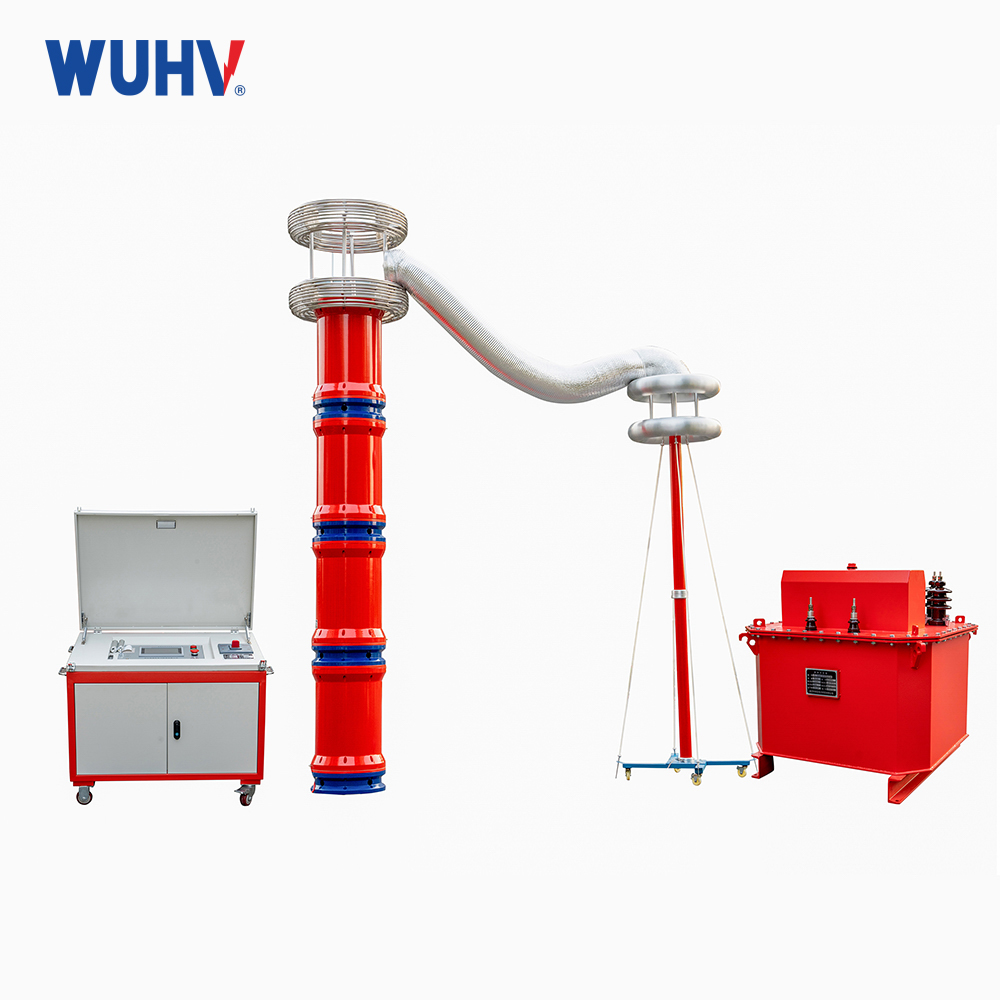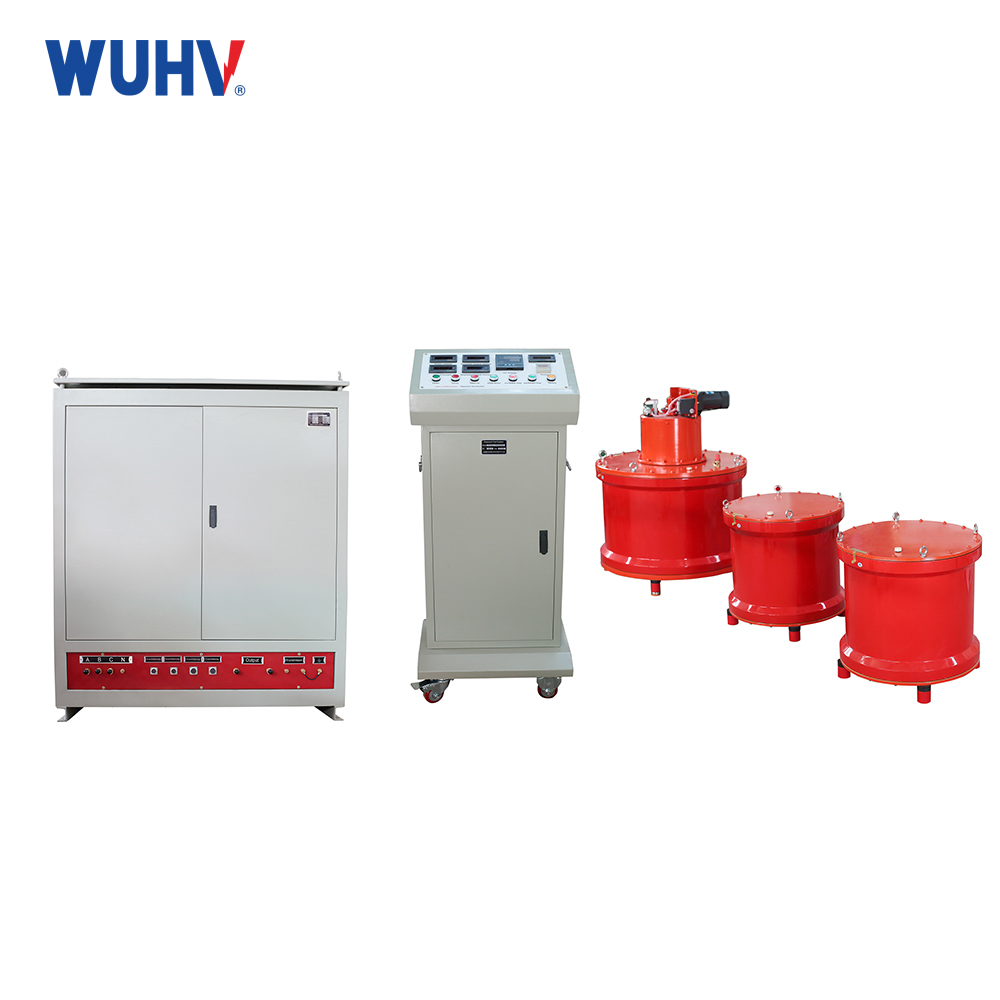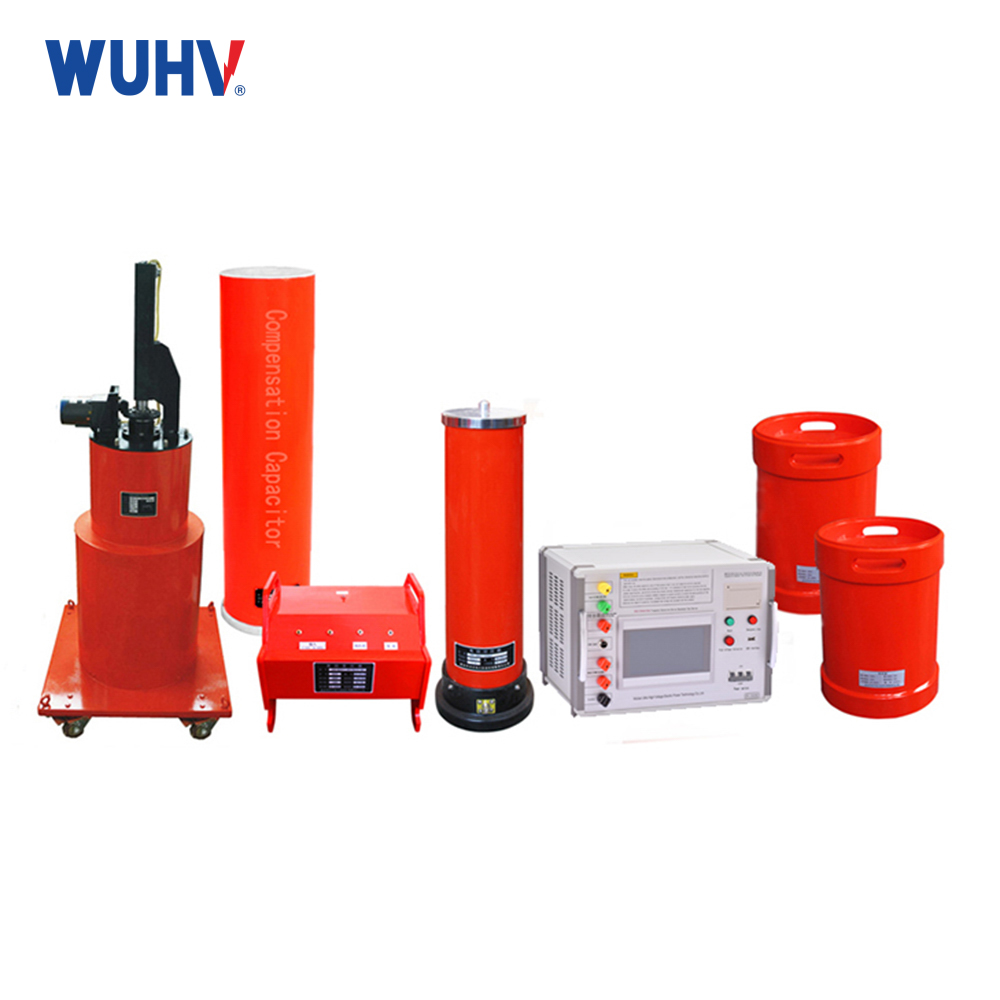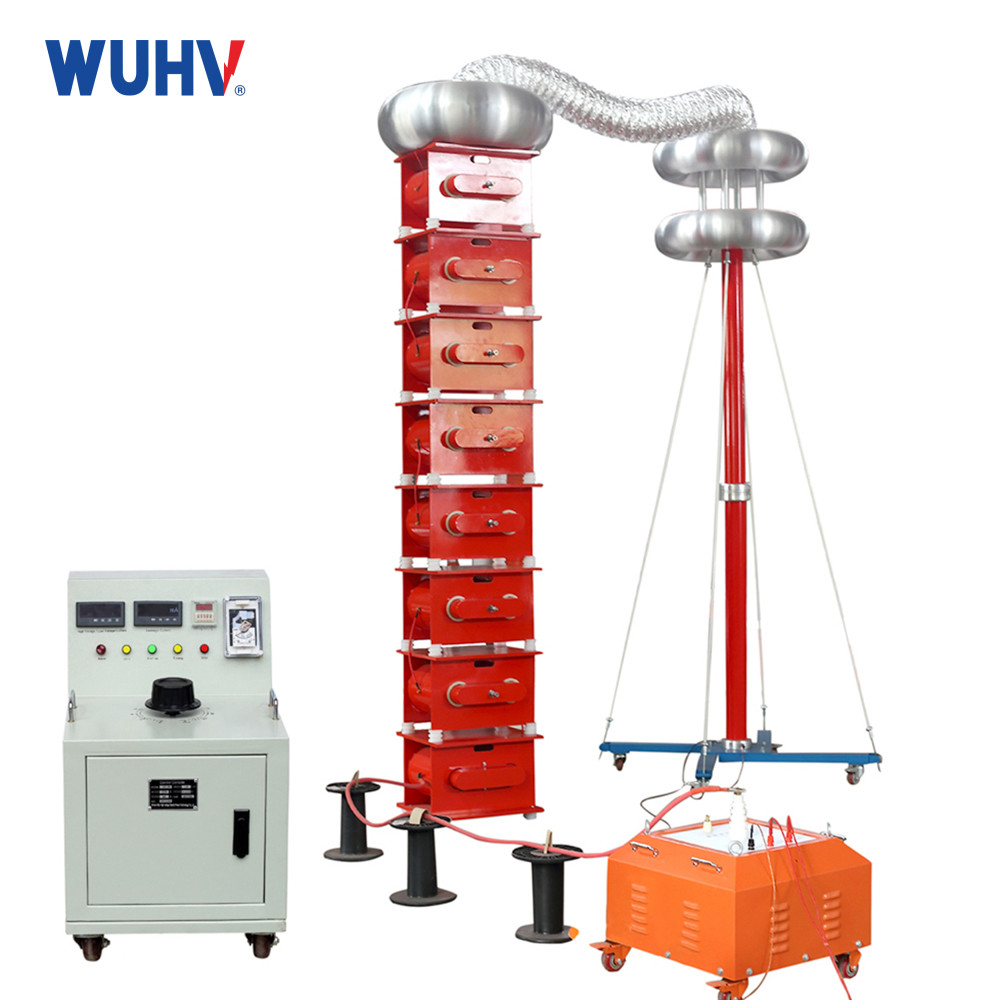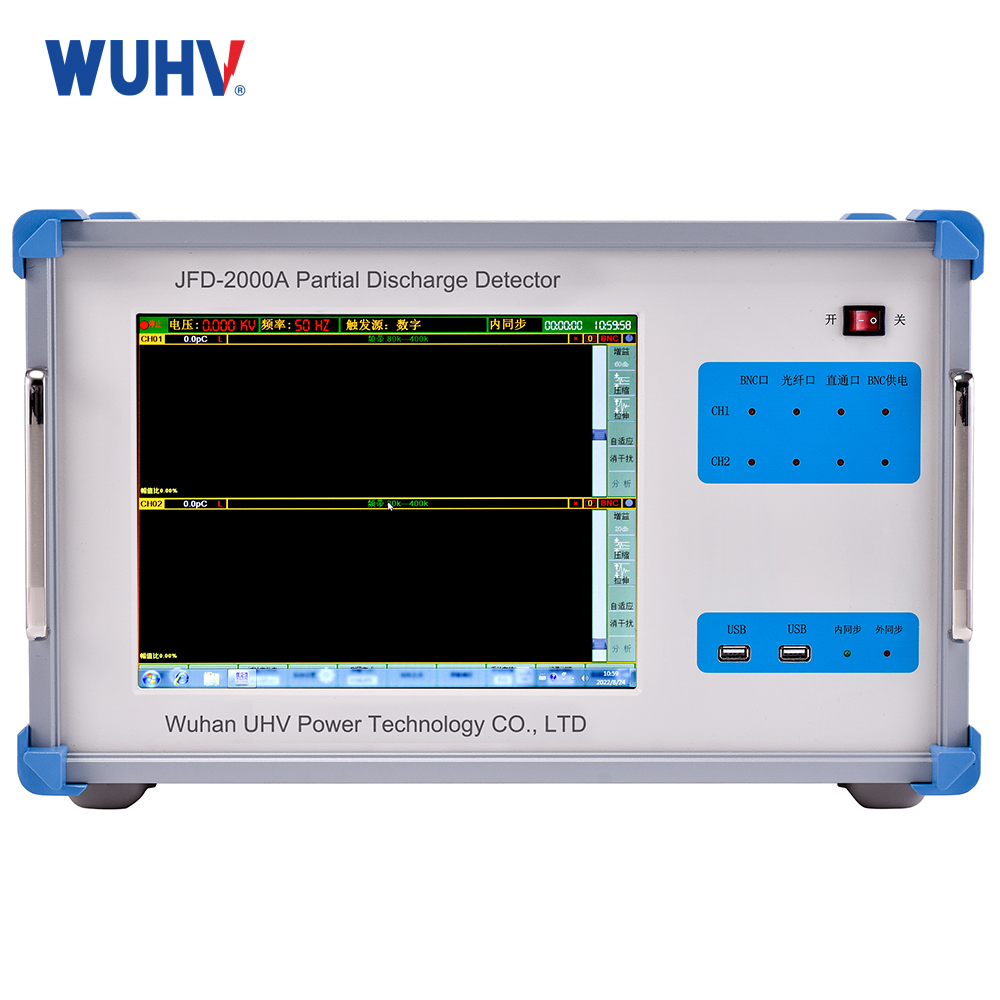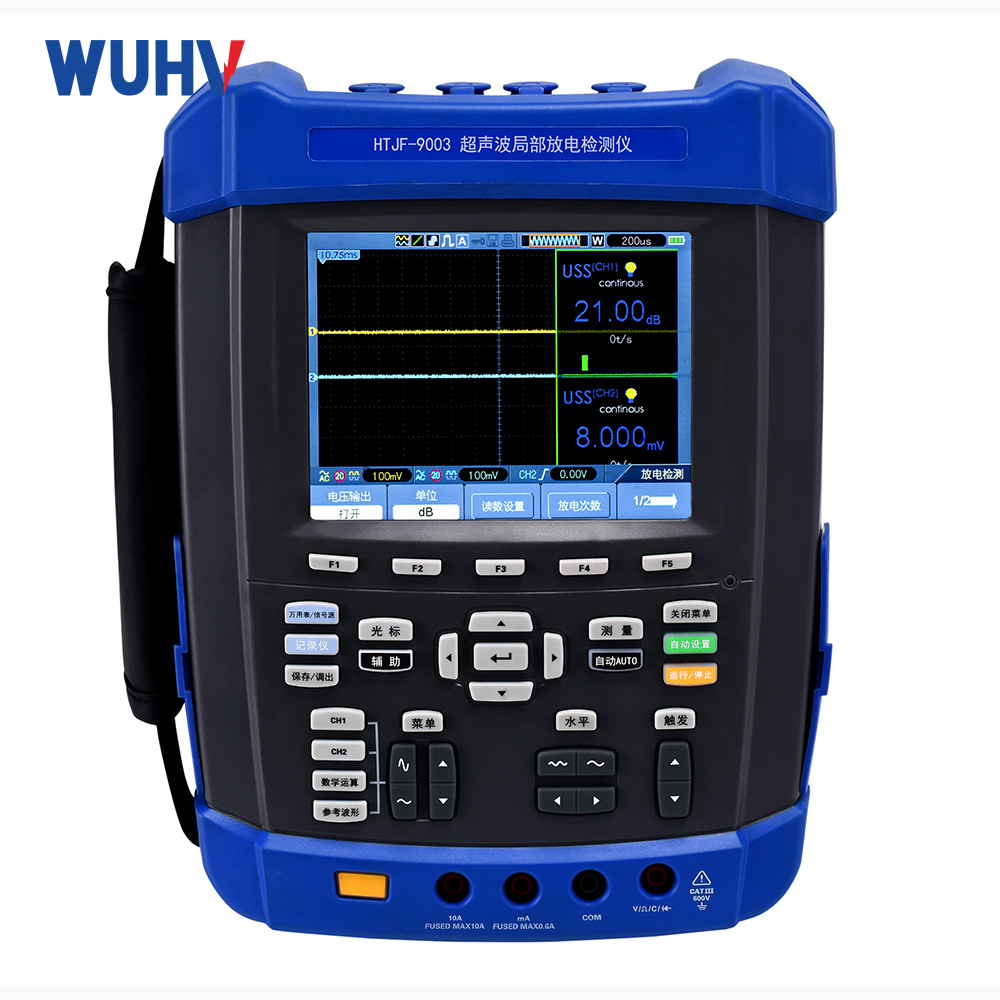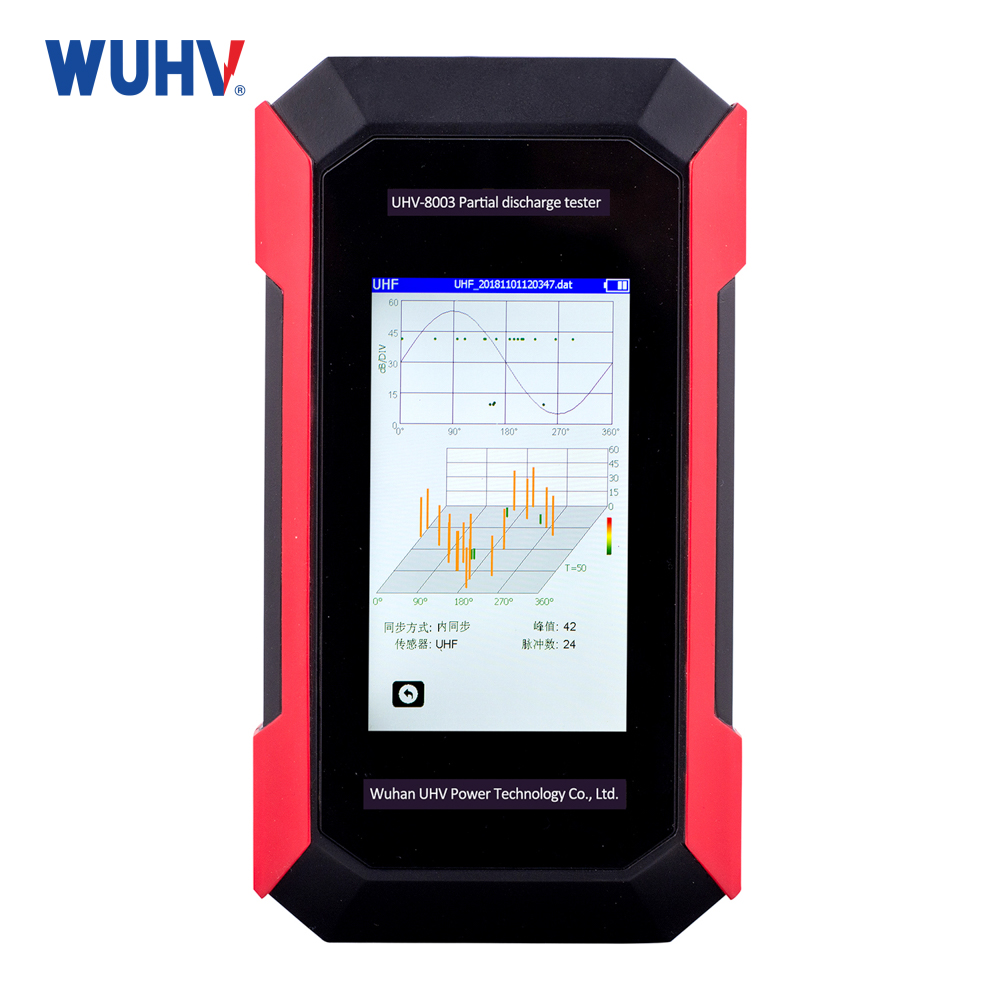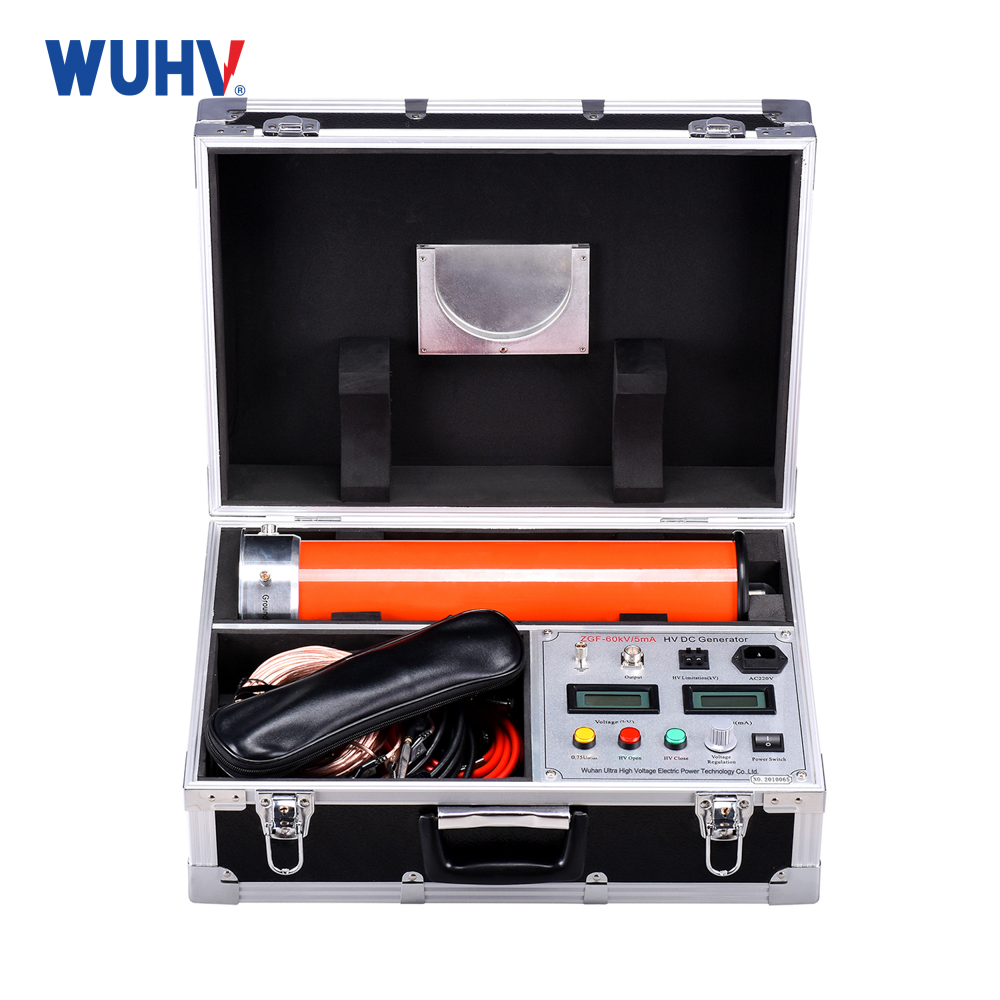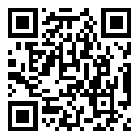The insulation resistance tester under UHV power can help many power workers conduct various power tests more conveniently.
Electricians often need to use insulation resistance testers in their work. The main function of this device is to test the insulation resistance of transformers, mutual inductors, generators, high-voltage motors, power capacitors, power cables, lightning arresters, etc. It has the characteristics of easy use and high accuracy. But sometimes it's difficult to get results when many people use it for the first time. What are the factors that affect the accuracy of insulation resistance testers?
Generally speaking, the resistance of materials decreases with increasing temperature and humidity in the environment. Compared to enterprises, surface resistance (rate) is sensitive to environmental and humidity data, while body resistance (rate) is sensitive to temperature changes. Humidity will increase, surface information leakage will increase, and volumetric conductivity current will also increase. As the temperature increases, the development speed of carrier motion accelerates, and the absorption current and conductivity current of different materials in the medium will also increase accordingly. According to relevant research literature, the resistance value of a typical working medium at 70 ℃ is only 10% of that at 20 ℃. Therefore, when measuring the resistance of technical materials,
The resistance value of dielectric materials cannot remain constant over a wide voltage range, and Ohm's law does not apply to it. At room temperature and in a lower voltage range, the conduction current increases linearly with the increase of applied voltage, while the resistance value of the material remains unchanged. After exceeding a certain voltage, the rate of increase in conductivity current is much faster than the test voltage, and the resistance value of the material rapidly decreases. It can be seen that the higher the applied test voltage, the lower the resistance value of the material, so the resistance value of the material tested under different voltages may vary greatly.
It is important to note that changes in material resistivity can result in the measured electric field strength, not the measured voltage. The same test voltage, if the electrode spacing is different, the test results of material resistivity will also be different. The smaller the distance between the positive and negative electrodes, the smaller the test value.
When the measured pressure is equal to the DC voltage of the material, the current of the measured material is an unstable instantaneous value, but there is a decay process. When pressurized, a large charging current flows through, and then the longer absorption current gradually decreases, reaching a relatively stable conduction current. The higher the measured resistance, the longer it takes to reach equilibrium. Therefore, when the resistance value is measured and read correctly, the measured resistance value is the value obtained after obtaining a stable or pressure reading one minute later.
In addition, the resistance value of high insulation structural materials is related to the historical development of electrification. In order to accurately analyze and evaluate the electrostatic properties of the studied materials, when it is possible to test the resistance (rate) of building materials, the first treatment should be carried out to eliminate electricity, let it stand for a certain period of time, which may take 5 minutes, and then design and test it according to the measurement system program. Generally speaking, when testing learning materials, at least 3-5 samples should be randomly selected for quality management testing, and the average value should be taken as the main test result.
There are still many issues to be aware of when using an insulation resistance tester.


